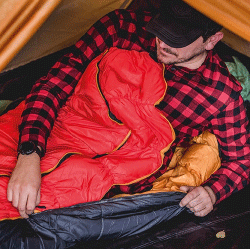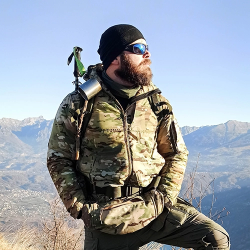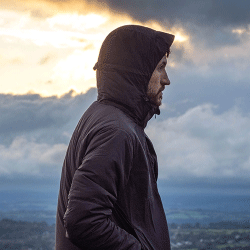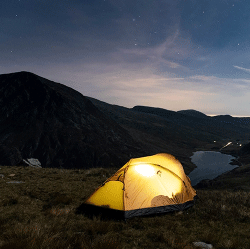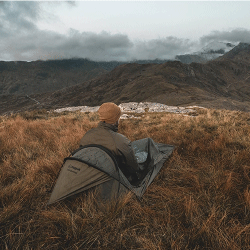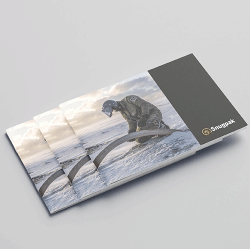
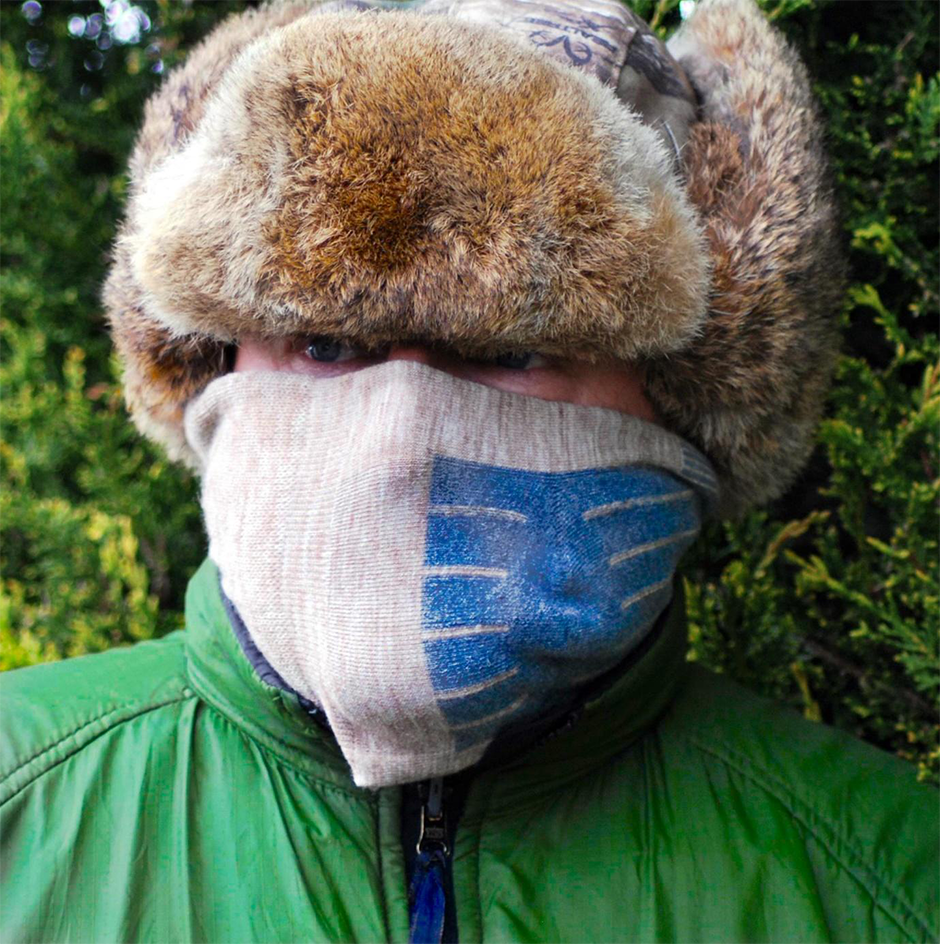
Life Saving Techniques Using Snugpak Merino Socks
If you intend to travel and use the great outdoors, Snugpak socks are a “must have” on the list of essential items. Everybody knows that you should always carry spare socks, however, this week, one of our Snugpak Brand ambassadors, Perry McGee from the National Tracking School, illustrates just some of the uses of the Snugpak Merino range in an emergency.
Have respect for your Socks!
If you think about it, care and protection of the feet is one of the most important aspects to consider for anyone using the outdoors. Footcare in the great outdoors is vital and ignoring minor issues can quickly lead to serious problems, especially if you are some distance from help. Firstly, a useful edict to remember is to understand socks and feet should always be respected and that outdoors socks are not just to keep the feet comfortable, they have multiple other uses too. Secondly, the connotations of their use is restricted only by the users imagination, so by way of brief illustration, here are a few techniques using Snugpak Merino Military socks.

Let’s begin with the technicalities and the properties of the Merino range. Illustrated are the mid-calf Snugpak Merino Military Sock in Olive and the Snugpak Merino Military Sock in Barley. Both contain Merino wool (30% in the former), and varying percentages of polypropylene ®Isofil, polyamide, acrylic and Lycra ® Elastane. The polypropylene helps to wick and dry any moisture quickly and the Lycra helps maintain durability. Both types have been cleverly designed to enhance ventilation and have extra padding and reinforcement to reduce blisters. Normally used, those nice people at Snugpak tell me that both types should be washed at no more than 30°C and should not be tumble dried.
Emergency uses of socks are usually determined by the circumstances, immediacy and the emergency. It is also prudent to mention that they are for use only in extreme emergencies and that spare socks are just as useful when worn. For the purposes of this article, the following are examples which appear in my publications:
Gloves or under mittens – Socks make excellent insulation and protection for the wrists and arms. They have been improvised and worn by our clients as protection from rope burns and for wearing under arctic mittens.
Backpack padding – Used and worn as additional protection against blistering and bruising, improve backpack strap padding by simply filling the sock with others or by dry packing with vegetation, they can then be attached and bound to the strap or area requiring protection.

Knee and elbow protection – Tie two or more socks together or cut using a single central cut and bind around the affected area using cordage. Use as a triangular bandage.
Limb support – Make a single cut along the sock (making one rectangular piece) and create two small holes and join with cordage. Use the sock to support the limb and tie the cordage around the neck.
Face and mouth insect/snow blindness/sand storm veil – Make a single cut along the sock (making one rectangular piece) and create two small holes and use cordage or bootlace to create a face veil. The socks designed ventilation properties are sufficient to allow the wearer to breathe and see through in daylight.
Electronic device protection – Use as a container to wrap and secure electronic dices such as GPS or cellular mobile telephone.
Location
Fire and smoke signalling – Snugpak socks make excellent emergency fuel for signalling fires. They are combustible and not flame proof (do not inhale the fumes). For best results, cut or tear into thin strips or attach to a long pole or line.
Weights for throwing climbing ropes or rescue lines – Simply place debris or unbreakable object into the sock and attach it to a line. Throwing a rope or line is made far easier using a weighted end. Socks can be used to protect inflated condoms and used to float rescue lines.
Water And Food
Containers and filtration – Socks can be used to collect, wash and dry emergency foods such as berries, fungi, vegetation or nuts and are easily suspended from objects for protection.
Absorbency – Provided the socks are dry they can be utilised to insert into restricted areas or cracks to absorb water, which can then be squeezed into the mouth or container. They can also be used to absorb chemicals and fluids which will ignite.
So, there you have it, just a few ideas of how Snugpak Merino Military socks can be useful in a real emergency. Remember to always carry a spare pair and wash and dry them properly. For this and other useful emergency and survival tips contact us info@nationaltrackingschool.com or visit our website at thenationaltrackingschool.com
Stay Safe
Perry McGee
National Tracking and Search Advisor UK
National Tracking Links

